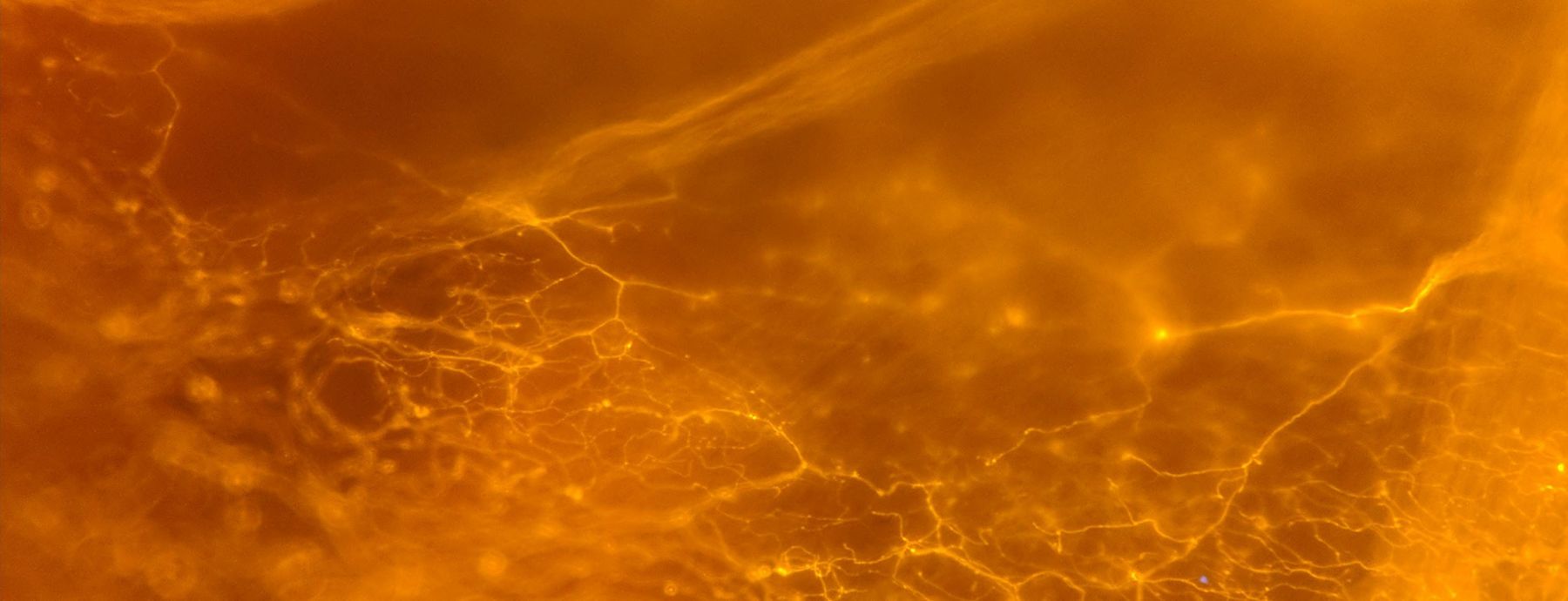The Center for Cellular Dynamics is a group of Penn State labs whose research is focused on the following:
- The cytoskeleton and intracellular transport
- Cellular changes during development and disease
- Cell-cell communication and interactions
- Live imaging
The Center is a place where researchers and students share ideas and expertise, organize events that stimulate creative thinking, and strive to create a more collaborative and exciting research community.
Our members participate in departmental graduate programs, as well as interdisciplinary graduate programs organized through the Huck Institutes of the Life Sciences.
